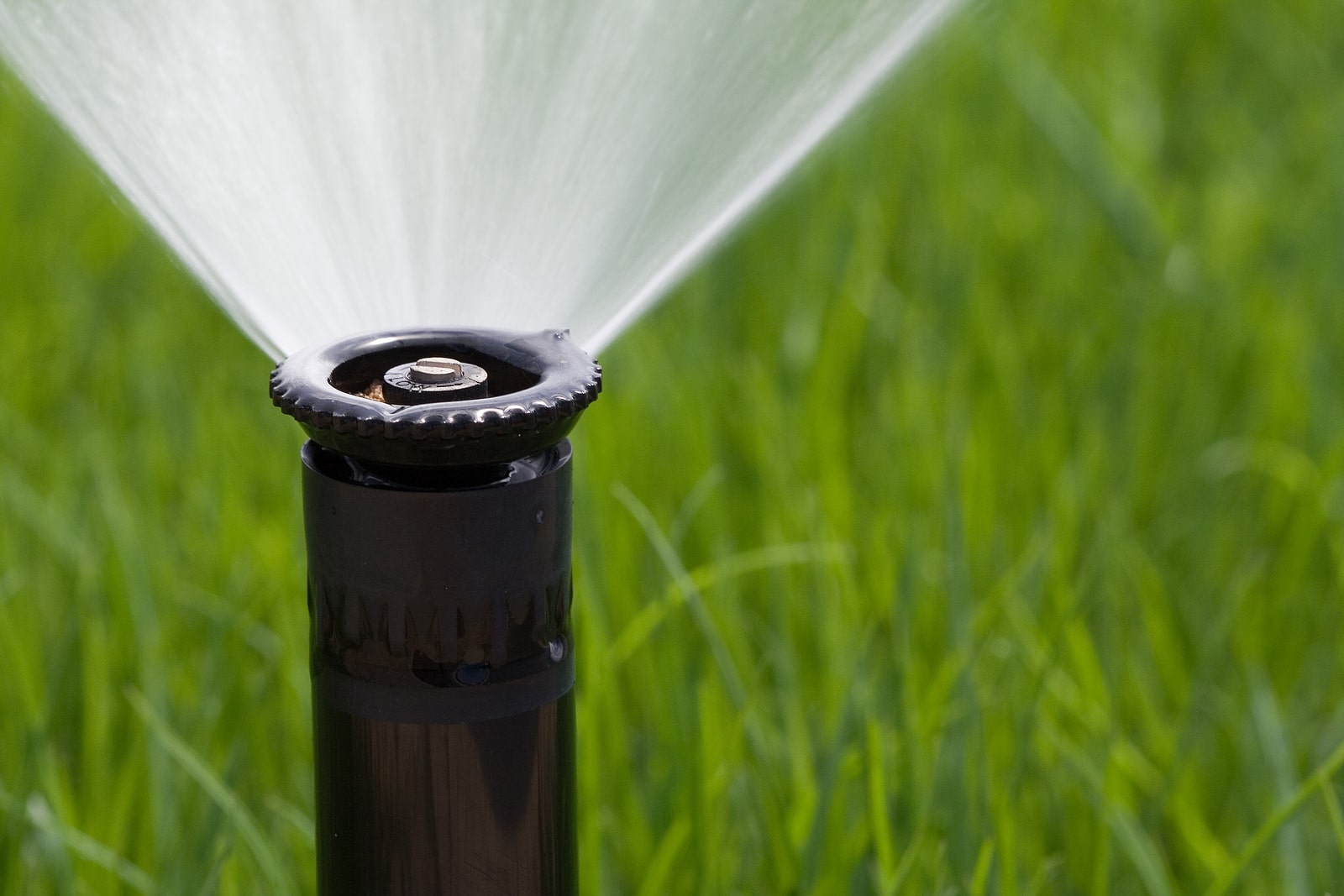The Role of Fire Suppression Systems and Emergency Response Training
The Role of Fire Suppression Systems and Emergency Response Training
Blog Article
Fire safety is a necessary consideration for organizations. Two key components of fire protection are automatic fire suppression systems and fire team exercises. Automatic fire suppression setups limit destruction, organized fire response units protect lives.
How Do Automatic Fire Suppression Systems Work?
Automatic fire safety systems react immediately by dispersing water when heat activates them. Each sprinkler head responds individually, ensuring precise fire suppression.

Critical aspects of fire sprinklers include:
- Water dispersion outlets: Spray water to extinguish flames.
- Pipe setups: Maintains water pressure.
- Safety panels: Oversee system functions.
- Backup water systems: Offers steady water pressure.
The Importance of Fire Brigade Training
Fire brigade training educates personnel to manage fire-related incidents. These programs enhance situational awareness, reducing panic during fire incidents.

Core aspects of fire brigade training include:
- Fire prevention education: Preventing fire outbreaks.
- Evacuation procedures: Reducing evacuation time.
- Extinguishing skills: Mastering firefighting equipment.
- Communication in emergencies: Executing plans as a team.
Quais são os tipos de sprinkler?
sistema de combate a incêndio sprinkler
How Sprinkler Systems and Fire Brigade Training Work Together
Using automatic fire suppression with fire brigade training ensures optimal preparedness. Sprinklers suppress flames quickly, while prepared teams handle complex scenarios.

This dual approach reduces fire risks dramatically for residential areas, offices, and industrial facilities alike.
Conclusion: Prioritizing Fire Safety with Comprehensive Protection
Investing in sprinkler systems and organizing emergency preparedness programs offers long-term benefits. Together, these methods save lives.
Take action for a safer tomorrow by installing a sprinkler system and initiating fire brigade training. Preparedness is the key to protection!
Report this page